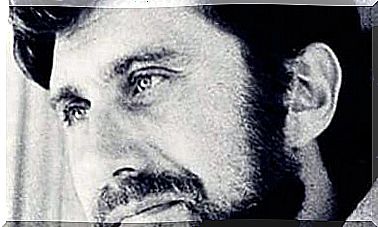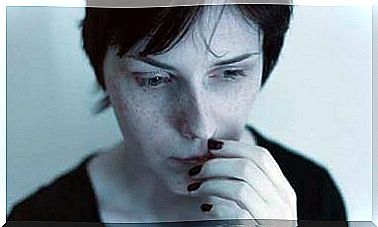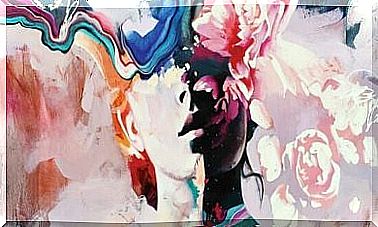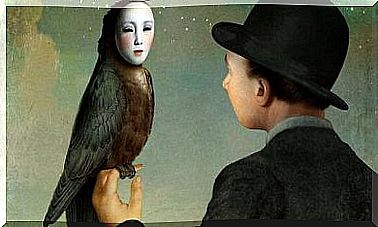Optical Illusions: When The Brain Is Wrong

Optical illusions have always attracted us. These are small challenges to our senses that baffle and fascinate us. Do the figures move? Are they faces or objects? Is it just one figure or are there others?
The brain works like a statistician
What are these images about that baffles us so much? Fuzzy lines, floating objects, different perspectives… our retina captures all this data and immediately sends it to our cerebral cortex for processing and interpretation. The issue resides in the fact that our retina captures these images only in two dimensions, being a limited form that only sees edges, colors and shapes… there is too much disorder, there is no balance and our brain quickly becomes distracted…
How do you act then? Through statistics. Unable to understand what he’s seeing, he uses his statistics to extract the information he has and then draws a conclusion: the blade we’re looking at has, for him, the ability to move. However, this is not correct; obviously our rational part tells us that it is impossible, as the frames cannot move, although we are led to believe that they can.
Types of optical illusions
There are basically two types of optical illusions:
1. Cognitive illusions: As we explained earlier, our brain misinterprets the information our eyes send and fails to deduce the size and perspective of objects.
2. Physiological illusions: Occur when we suffer from blindness, or our retina suffers a slight stress when looking at a certain object to which it cannot adapt. We can experience, for example, an “after-image”, when a figure remains imprinted in our eyes because there is not much brightness, too much color, due to the blink of an eye. …









